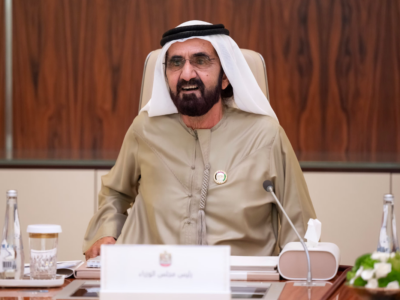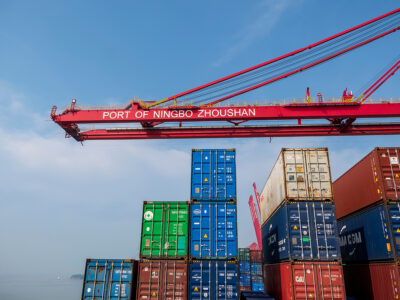Gulf-Emerging Asia trade is projected to reach $682 billion by 2030, growing from $451 billion in 2023, a new report finds, highlighting the accelerating economic pivot of Gulf states toward Asian markets.
Gulf-China trade is expected to overtake Gulf-West trade by 2027, with Chinese trade currently standing at $225 billion versus Western trade at $267 billion in 2023, according to a new report from Asia House.
The findings underscore China’s growing influence in the oil-rich region, traditionally dominated by Western economic and security partnerships. This shift comes despite a recent dip in Gulf-Asia trade, which fell 12 percent between 2022 and 2023 due to lower oil prices.
“The Middle East Pivot to Asia represents one of the fundamental geopolitical and economic shifts of our time,” the report noted, adding that both regions are increasingly entwined in one another’s growth strategies.
Trade relationships across the Gulf Cooperation Council (GCC) showed varied performance in 2023. UAE-China trade fell from $110 billion to $93 billion, while Saudi-China trade dipped from $105 billion to $97 billion. However, some markets bucked the downward trend, with Oman-Emerging Asia trade more than doubling from $4.5 billion to $11.1 billion.
Hong Kong has emerged as a significant player, with Hong Kong-Gulf trade nearly tripling from $13 billion in 2022 to around $32 billion in 2023, following Hong Kong Chief Executive John Lee’s landmark visit to the UAE and Saudi Arabia.
The UAE’s non-oil foreign trade hit a record $381.5 billion in the first half of 2024, representing 18.4 percent of total trade – an increase from 16.4 percent in the same period of 2023. Saudi Arabia’s non-oil exports as a proportion of total exports rose from 23 percent in July 2023 to 26.9 percent in July 2024.
“Both regions have good growth prospects, which will increase oil shipments between the Gulf and Asia, as well as trade and investment in non-oil sectors,” the report noted.
The International Monetary Fund projects strong economic growth across most Gulf states in 2024, with the UAE expected to grow by 4.0 percent, Bahrain by 3.0 percent, and Saudi Arabia by 1.5 percent.
Chinese investment in the region has surged, with greenfield foreign direct investment in Saudi Arabia growing tenfold to nearly $17 billion in 2023, making China the kingdom’s largest greenfield investor.
However, the United States maintains significant influence, particularly in technology partnerships. Recent developments include UAE artificial intelligence firm G42’s $1.5 billion deal with Microsoft and its divestment from Chinese tech investments, signalling the complex balancing act Gulf states face between U.S. and Chinese interests.
The report suggests this economic realignment could accelerate under a second Trump presidency, with proposed high tariffs on Chinese goods potentially pushing Gulf states to deepen Asian trade relationships.
Gulf sovereign wealth funds are increasingly focusing on Asian investments, with China receiving $2.3 billion in 2023, up from $100 million in 2022. In August, Saudi Arabia’s Public Investment Fund signed agreements worth up to $50 billion with Chinese financial institutions.
UAE-India trade relations have also strengthened, reaching $75.3 billion in 2023, though down slightly from $78 billion in 2022. The relationship has diversified beyond oil following their 2022 Comprehensive Economic Partnership Agreement (CEPA).
Capital markets integration is accelerating, with Hong Kong’s stock exchange adding both Abu Dhabi Securities Exchange and Dubai Financial Market as recognised exchanges in 2024, facilitating cross-listings.
Despite lower oil prices dampening trade values in 2023, hydrocarbons still account for about half of Gulf-Asia trade, with 50 percent of Asia’s oil imports originating from the Gulf and wider Middle East.








